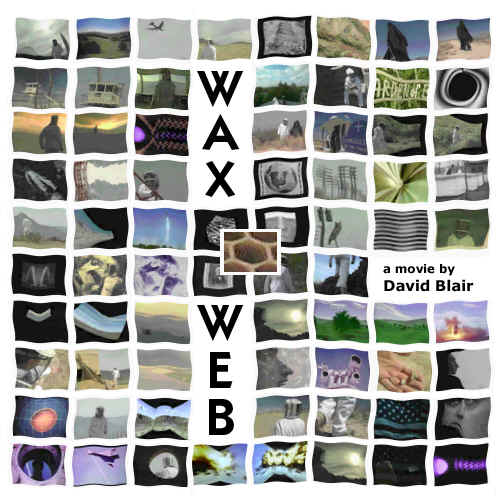|
1999 1999 is a year of suspense. What will happen as the clocks tick over on 23:59 Friday 31st December? Will the digital revolution be followed by a digital terror, as machines wreak havoc throughout the globe? Most of us can recognise a media beat-up when we read one. The millennium bug seems more a product of fantasy than practical danger. But does this make it any less interesting? What does it say about our relationship to technology that we project a demon into its very heart? In the shadow of the 21st century, we have a unique opportunity to explore the bug in the machine. The hysteria will soon be historical, along with the Luddite fear of knitting mills and cold war threat of nuclear apocalypse. As a figment of our collective imagination, the millennium bug will expire just as reaches its due date. Is the millennium bug more than a global glitch? The first recorded ‘bug’ was a moth that disturbed the circuits of an early Aiken relay computer. In fantasies of technology, the meaning of ‘bug’ extends beyond technical malfunction to a loss of human spirit. This is symbolised by the process of entomorphosis, or turning into an insect. Tales such as Kafka’s Metamorphosis and The Fly speak of profound alienation from the common good. Today, such transformation occurs through digitisation. The software pirates in Beijing’s ‘electronic street’ are called ‘computer insects’ (diannao chong). Our relation to technology today is less paranoid. Cyber-evangelists such as Wired magazine’s Kevin Kelly champion a ‘hive mind’, through which we forgo our private selves for the greater power of the network. Viruses have become the celebrities of cyberspace. Last summer, cinema audiences flocked to see the stars of digital animation—ants. Maybe bugs are not just unfortunate accidents of software. In a bigger picture, bugs seem intrinsic to the very development of technology. Their unpredictable behaviours make it difficult for us to treat machines as our mere slaves. They give machines the power to entrance and frustrate us—to make us feel human.
|
Interactive program The insect theme was used as both literal and metaphorical reference in the selection of CD-ROMs. They are the central feature in two seminal narratives of technology. The Star Trek species Borg is a popular expression of technological paranoia, in which the network becomes a sinister intelligence bent on ‘assimilating’ all life forms unto it. By contrast, the arthouse WaxWeb by David Blair employs the intelligence of bees to counter the evil designs of arms production. While insects are our current obsession, it is important to recognise the continuing fascination through history. Though using primitive ‘book’ technology, Robert Hooke’s Micrographia has been included as a 17th century expression of the ‘inner sublime’ contained in the small details of god’s creation. The more metaphorical reference pertains to the number of CD-ROMs that provide a close-up fragmented view of the world. In contrast to the bird’s eye view of cinema, CD-ROM offers us the worm’s eye view of the world as random chaos. In a title like Frozen Palaces we have to crawl through linked mise en scenes in the hope of re-constructing a linear flow of events. The low production requirements of the animation program QuickTime make this technology accessible to artists who might otherwise find themselves lost in a film crew or design team. Artists like Zoë Beloff stitch together QuickTime movies and ‘slow time’ VR panoramas. The result is a kind of multimedia ‘quilt’ that evokes a landscape pulsating with action. As we develop a means of critically appreciating multimedia, it is this craft-like assemblage we might look for rather than a narrative unity. Screening The digitally derived films and videos in these screenings present creatures that range from slug and bugs to mosquitoes in death throes. The digital medium gives the artist/filmmaker an opportunity to create a minute entomological world with precise detail and humour. Digital dreaming in a film like Mozzie can make a mosquito speed through a carefully shaped ear canal or transport an elderly rabbit in Bunny across the threshold of an oven into a moth-filled sky. The realm of the micro is also featured in Kyle Cooper’s title sequences where film titles stand alone as works of art. Cooper explores the limits of digital creativity in film with images like the flashes of veined eyes in The Island of Dr Moreau or the overlapping shots of a killer’s tools in Se7en. He creates a texture that heralds the film itself: the simplicity of an image like an emerging painterly feather in The Joy Luck Club sets the mood. Digital technology in this programme shows a world of decline or hope in this new millennium. Millennium Bug takes a satirical look at a declining future as distorted creatures and objects invade an urban wasteland. Satellite illustrates the negative effects of television and promotes a wholesome hope in nature. The music clip for Björk’s All is Full of Love contrasts the mechanistic contact of robots with human warmth. From entomological bugs to millennium bugs, the films in this program cast a wide net. |
